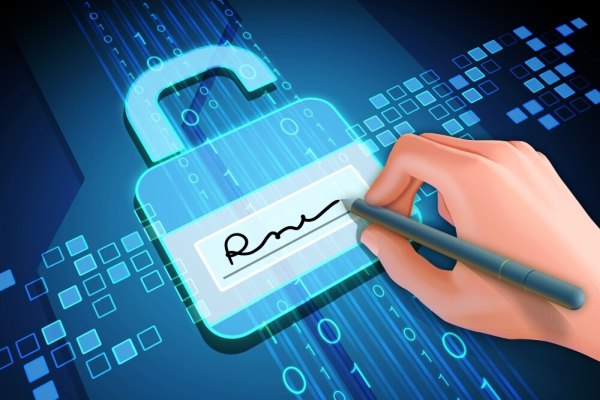Published on the 13/12/2013 | Written by Jason Ennor

Despite the fact that technology use has almost become an extension of the human condition, there is one area where we stubbornly stick to the old…
Most Kiwi employers are aware that they must have a signed employment agreement for all staff, but fewer seem aware that in 2011 a penalty was introduced that could result in a $20,000 fine if they can’t produce signed agreements for all employees, no matter when they started. In Australia, while the regulations specifically relating to written employment agreements are not as harsh, a contravention of the National Employment Standards can result in penalties of up to $10,200 for an individual and $51,000 for a corporation.
It might seem like a dull subject but with significant sums like this involved, we have to take an interest. Some employers choose to take the risk, opting for a short-cut approach and don’t bother with employment agreements, but make no mistake, the New Zealand government in particular is on the lookout for resisters. Recently 19 employers received $20,000 fines for having no employment agreements, including an Indian restaurant chain and four Marlborough vineyards.
There is absolutely no reason why any employer should not be issuing employment agreements to all staff, and there are even fewer reasons why employers should persist with an oldschool paper-based process from a bygone era.
Electronic signature technology and the law to back it up have been around for over a decade, yet very few employers are taking advantage of it. It’s a small evolution in the grand scheme of things but delivers a vastly improved process for a fundamental legal requirement that can be used throughout the business, making the process easier for employers, saving money, improving business efficiency, and delivering a more legally robust and secure outcome. And for the environmentally-conscious it saves trees too.
It is surprising that electronic signature technology has not been more fully embraced in the employment relationship when courier drivers, real estate agents and accountants have been using it to positive effect for some time.
HR departments do seem to lag behind when it comes to quality technical solutions, preferring to create paper and bureaucracy where it is not necessary. Or maybe they lack influence at the management table to push the business in a new direction and provide the legal reassurance the management team needs. In some cases it seems to be a perception that electronic transactions are not relevant for some workers, as they may not have computers. But I suggest you go out on the factory floor and ask. You might be surprised.
And if they don’t have computer and email get a PC, plug it in and provide training on how to use it. From there you can make employment agreements, pay-slips and leave requests paperless too.
To those already using the electronic signature process it makes printing and physically signing an employment agreement seem as slow and archaic as sending a fax. It’s as simple as signing the document online and the rest is automated. All signatures are tagged with a security code linked to the IP addresses of the respective parties and the times they viewed and signed the agreement.
A personalised link and unique code are needed to view the document and, once complete, each page of the document is marked with a unique identifier creating a closed, un editable ‘envelope’ which defines the formal agreement reached between both parties.
Such a quick, easy and secure process not only ensures compliance with the employment laws, but it also sets the tone and establishes a solid foundation upon which to build a trusting working relationship. What’s more, this sort of technology could be applied throughout the HR process, wherever and whenever employer and employee agreement are required on paper with a signature such as leave requests, performance reviews, policy issuing, communications and pay-slips – and it’s easy to integrate.



























